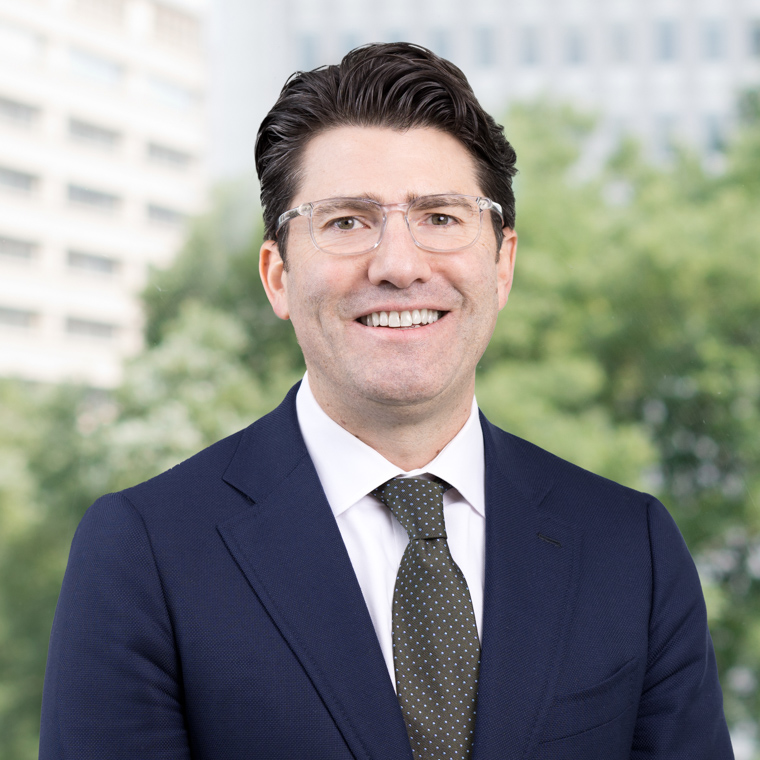On July 10, 2017, the US Court of Appeals for the Ninth Circuit became the first circuit court to apply the six-year statute of limitations from the Holocaust Expropriated Art Recovery Act of 2016 (HEAR Act). In Cassirer v. Thyssen-Bornemisza Collection Found., 2017 U.S. App. LEXIS 12265 (9th Cir. Cal. July 10, 2017), the Ninth Circuit revived a Nazi-era art appropriation case that the district court had dismissed in 2015, after finding the plaintiffs' claims to a Camille Pissaro painting to be timely under the HEAR Act, and finding triable issues of fact—principally under Spanish law—regarding transactions involving the painting.
Below is a brief description of the case and practical takeaways on how the Ninth Circuit's decision might impact those involved in Nazi-era art appropriation litigation.
I. The District Court First Held for Defendant Based on Prescription
In 2005, the Cassirer family, heirs of the late Lilly Cassirer Neubauer, sued the Spanish museum Thyssen-Bornemisza Collection Foundation (TBC) under the Foreign Sovereign Immunities Act, contending that they are the rightful owners of Rue Saint-Honoré, après-midi, effet de pluie, a Camille Pissarro masterpiece worth more than $30 million. The painting was forcibly taken from Neubauer in 1939 by a Third Reich-appointed art dealer, and later sold by a New York gallery to Baron Hans-Heinrich Thyssen-Bornemisza, a resident of Switzerland who subsequently sold the painting to TBC.
After a decade of litigation, the district court granted defendant TBC summary judgment on the ground that it had become the rightful owner of the painting under the Spanish law of prescription, i.e., acquisition of ownership by the passage of time. The court declined to allow the claim under California's special statute of limitations “for the specific recovery of a work of fine art brought against a museum . . . in the case of an unlawful taking or theft,” holding that retroactive extension of the limitations period would have violated TBC's due process rights.1
The Cassirers subsequently appealed, arguing that California's statute of limitations and substantive law should govern. The Cassirers received amicus support from the State of California, Bet Tzedek, The 1939 Society, The Commission for Art Recovery, a Spanish law professor and former judge, and several Spanish religious non-profits. While the appeal was pending in December 2016, the HEAR Act became federal law and changed the course of the litigation.
II. The Ninth Circuit Holds That the HEAR Act Revives the Claim
The HEAR Act establishes inter alia a default rule—subject to certain exceptions—that the statute of limitations for civil claims to recover cultural property or artwork “lost” between January 1, 1933, to December 31, 1945, “because of Nazi persecution” is six years from when a claimant or her agent actually discovers “(1) the identity and location of the art or property, and (2) a possessory interest of the claimant in the artwork or other property.”2 The HEAR Act does not define the term “lost,” but the title and purposes of the Act suggest that it covers artwork and property “expropriated,” “stolen,” or “misappropriated” by the Nazis.
The Ninth Circuit ruled that the newly enacted HEAR Act supplies the relevant statute of limitations, reasoning that the law “applies to any claims that are pending on the date of HEAR's enactment, which was December 16, 2016, including claims on appeal such as the Cassirers'.”3 The court further ruled that the Cassirers' claims were timely under the HEAR Act because Neubauer “suffered the taking of the Painting” in 1939, which is during the covered period, and because the Cassirers discovered the artwork's location in 2000 and then filed suit within six years, in 2005, as required by the Act. Having concluded that the claim was timely, the Ninth Circuit reversed the district court's ruling that TBC acquired good title to the painting under Spain's law of prescriptive acquisition and remanded to the district court for further adjudication.
III. The Ninth Circuit Rules That Spanish and Swiss Law Apply to Substantive Issues
In addressing the parties' arguments regarding conflict-of-laws, the Ninth Circuit first noted that the HEAR Act does not specify which state's substantive law shall govern. The Ninth Circuit then concluded that the district court correctly found that Spain's, not California's, substantive law applies in deciding the merits of the case, i.e., whether good title passed to TBC by prescription or some other means. The court reasoned that Spain is the “state which, with respect to the particular issue, has the most significant relationship to the thing and the parties,” as Spain provided TBC public funds to purchase the painting, and TBC (an instrumentality of Spain) has possessed the painting and displayed it in the museum for more than 20 years.
The Ninth Circuit ruled, however, that the district court had interpreted Spanish law too narrowly. Applying Spanish rules of statutory interpretation, the court held that TBC's claim of ownership turned on the meaning of encubridor (i.e., an accessory after the fact), and whether an encubridor includes one who knowingly benefits from the receipt of stolen property. The court went on to rule that there was still a triable issue of fact about whether TBC knew that the painting was stolen from Neubauer when TBC purchased the painting from the baron. Thus, the district court had erred in granting summary judgment in favor of TBC.
The court also addressed TBC's argument that the baron acquired title to the painting through Swiss law when he possessed it in Switzerland between 1976 and 1992, such that the baron could validly pass the good title to TBC in the 1993 sale. But the court found that under Swiss law the baron could have acquired valid title only if he possessed the painting in good faith, and as to that issue, there was also a triable issue of fact for resolution in district court.4
IV. Key Takeaways
The Ninth Circuit's decision is notable for several reasons:
- Statute of Limitations: It is the first time a circuit court has applied the HEAR Act and held that the Act's limitations period begins to run upon actual discovery, not constructive discovery, and that it applies retroactively, i.e., it provides the relevant statute of limitations even for suits filed prior to HEAR's 2016 passage. The Ninth Circuit also made clear that—despite the plaintiffs' argument to the contrary—the HEAR Act does not alter the substantive choice-of-law analysis.
- Application of Spanish Law: As a preliminary matter, when conducting choice of law analysis, the Ninth Circuit employed a “modern interest analysis”5 and applied the law of the jurisdiction having the greatest interest in the litigation, which the Ninth Circuit decided was Spanish law. And the Ninth Circuit endorsed an interpretation of encubridor (accessory after the fact) under Spanish law that is broader than the district court's definition.
- Application of Swiss Law: Swiss law presumes that purchasers acted in good faith, and there has traditionally not been any general due diligence requirement under Swiss law. The Cassirer decision, however, may signal that the presumption of good faith under Swiss law may not be quite as strong when applied by a US court that has questions about the underlying facts.
1 Cassirer v. Thyssen-Bornemisza Collection Found., 2017 U.S. App. LEXIS 12265 (9th Cir. Cal. July 10, 2017).
2 The Holocaust Expropriated Art Recovery Act of 2016, Enacted H.R. 6130, 114 P.L. 308, 130 Stat. 1524 (2016).
3 Cassirer v. Thyssen-Bornemisza Collection Found., 2017 U.S. App. LEXIS 12265, *18 (9th Cir. Cal. July 10, 2017).
4 The court also reviewed New York law, which applied to the transaction though which the baron first acquired the painting from an art gallery. Because under New York law a “thief cannot pass good title,” the court found that even if the gallery had no knowledge that the Nazis stole the painting, the conveyance did not confer good title on the baron under New York law.
5 This analysis differs from the traditional lex locus situs doctrine often applied in European courts that formulaically applies the law of the jurisdiction in which the art was located at the time of the transaction that allegedly transferred title.

